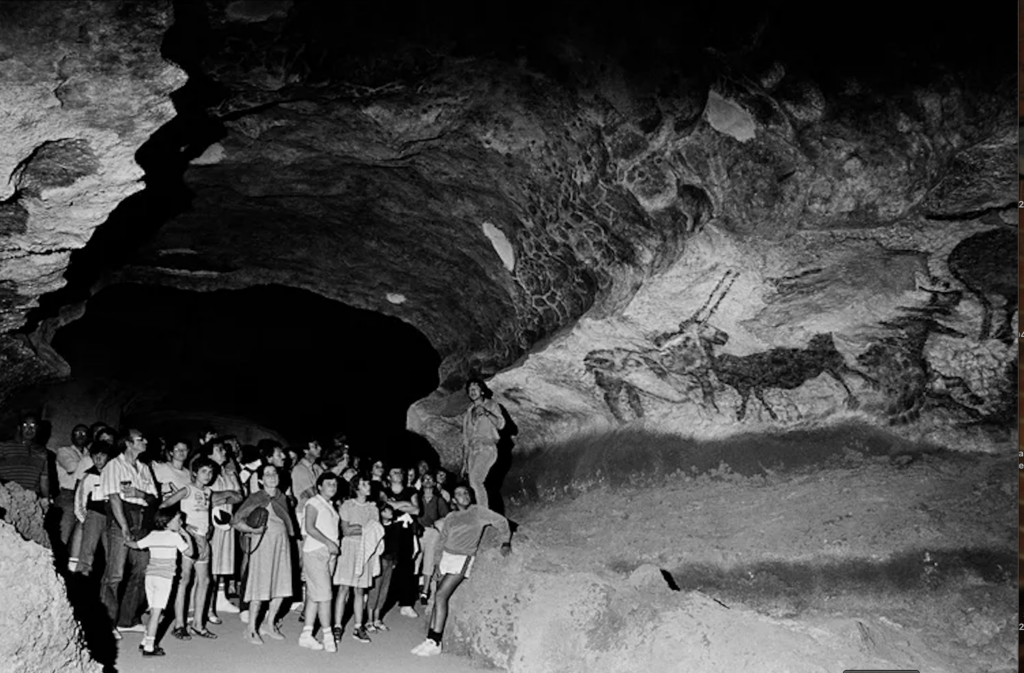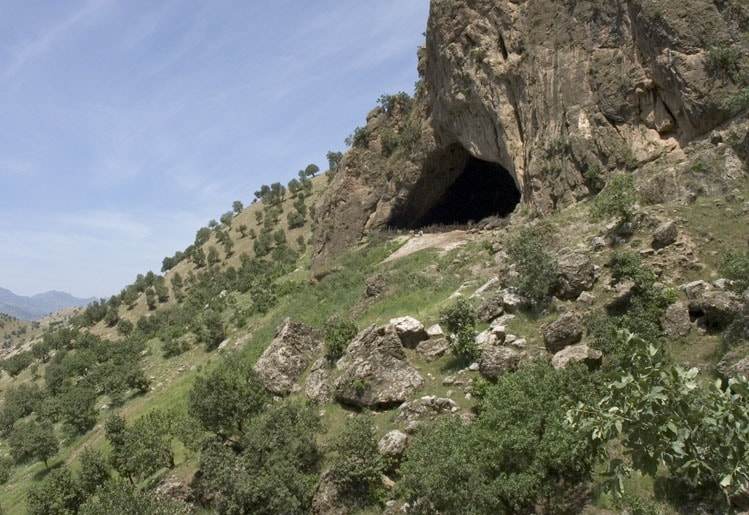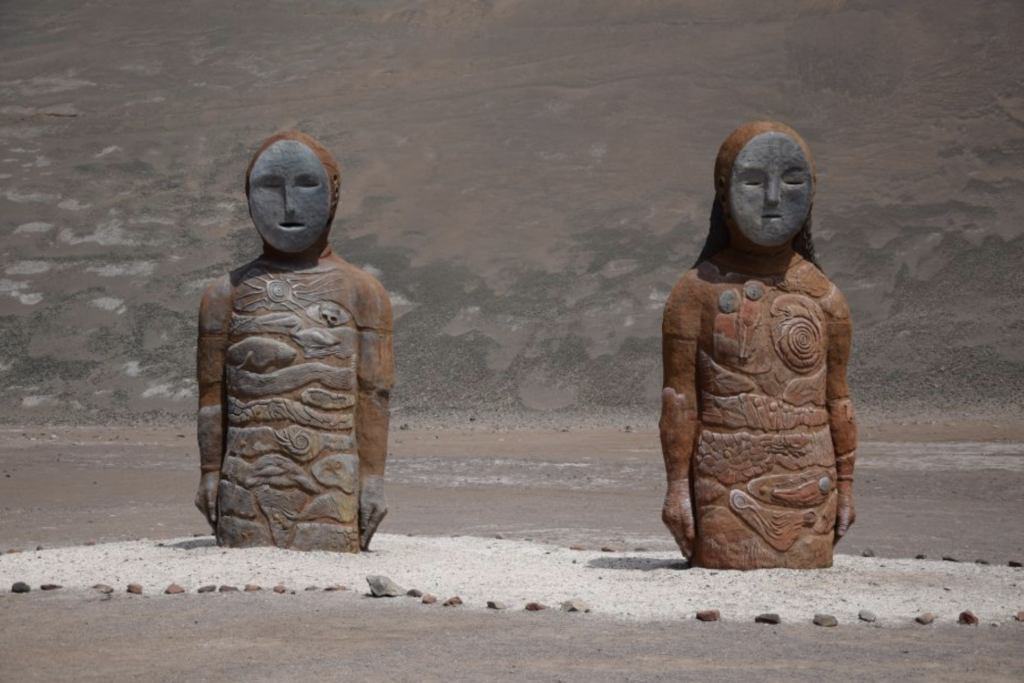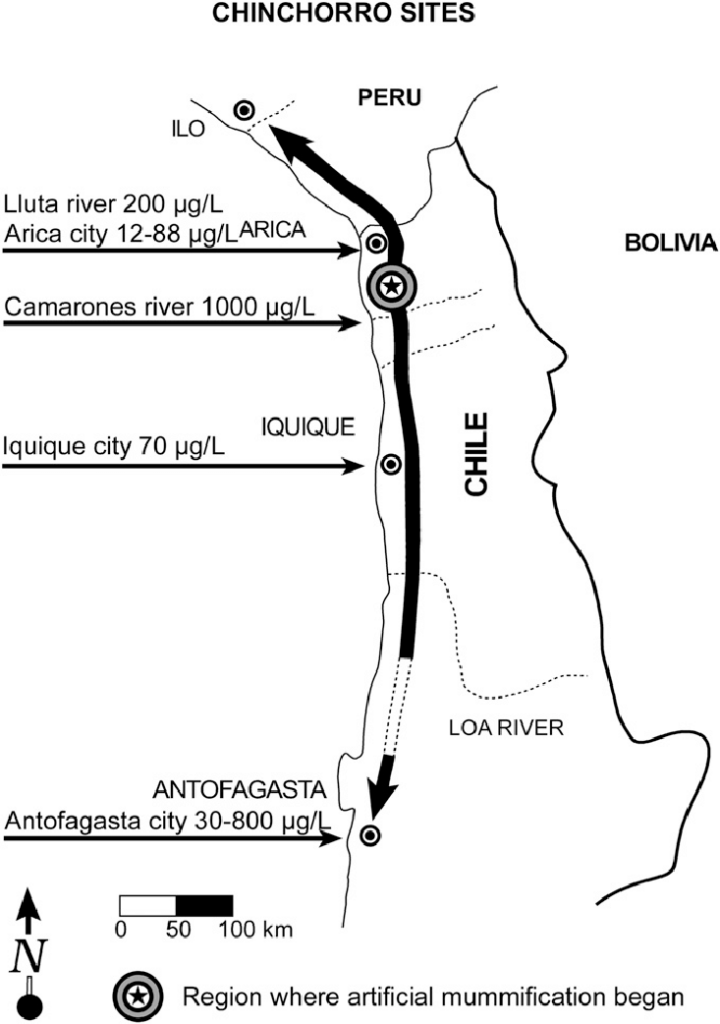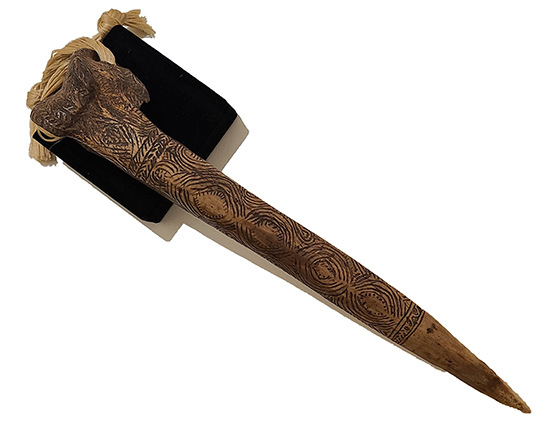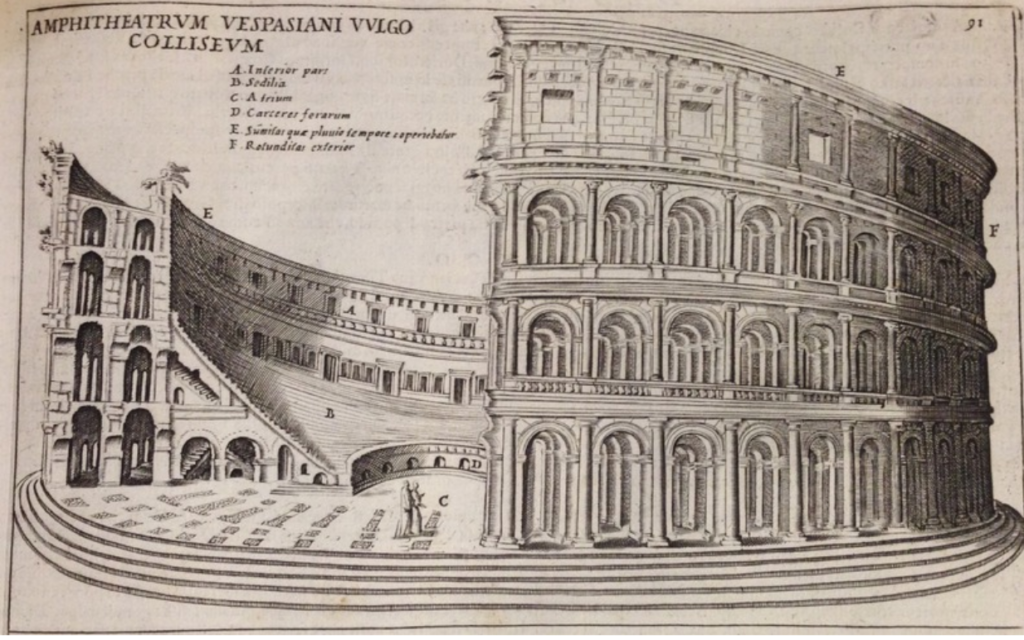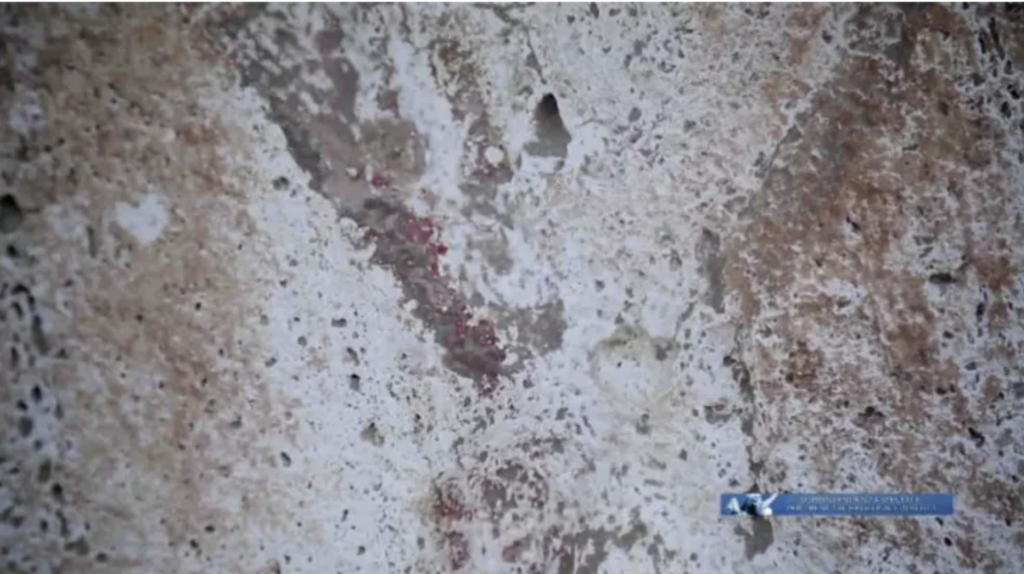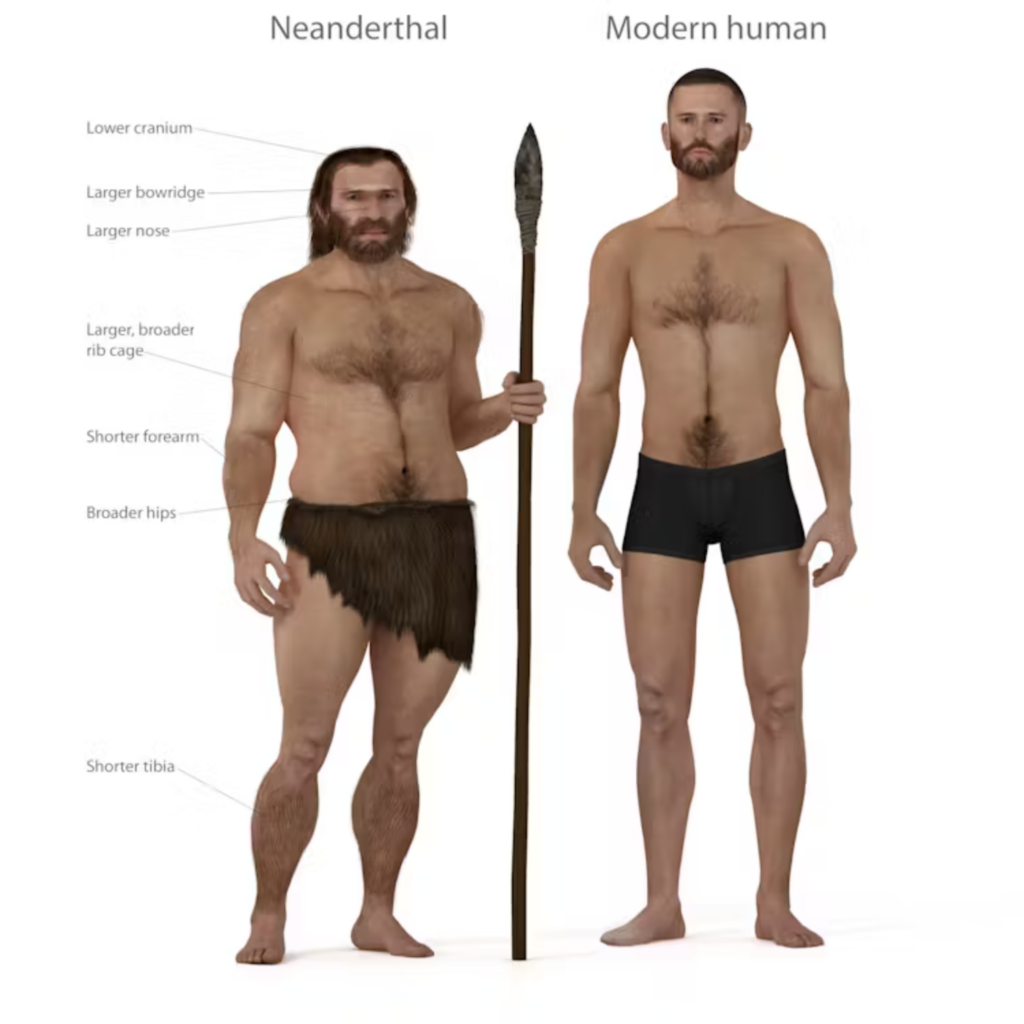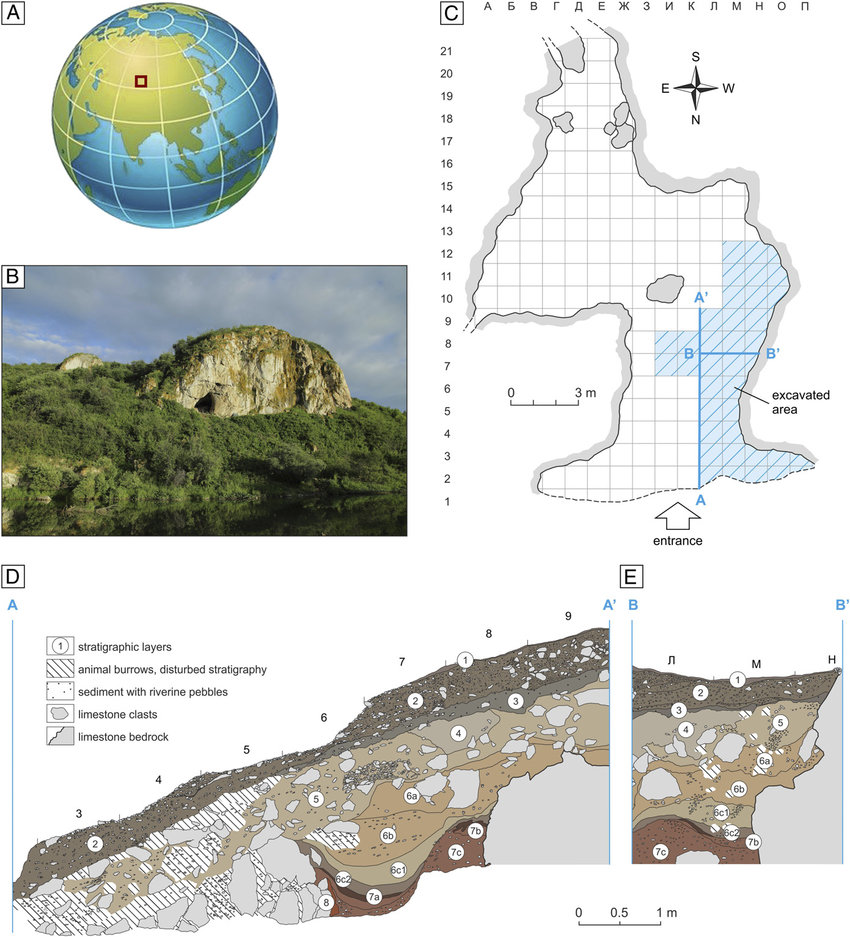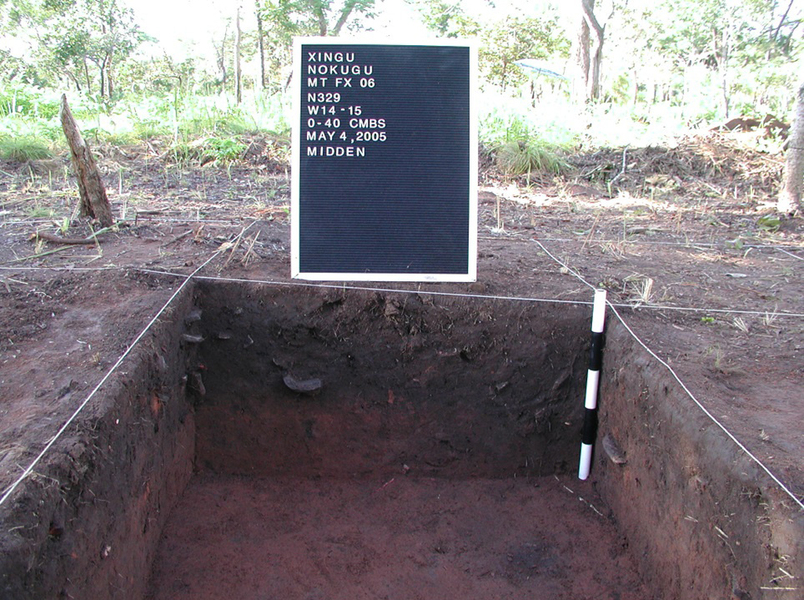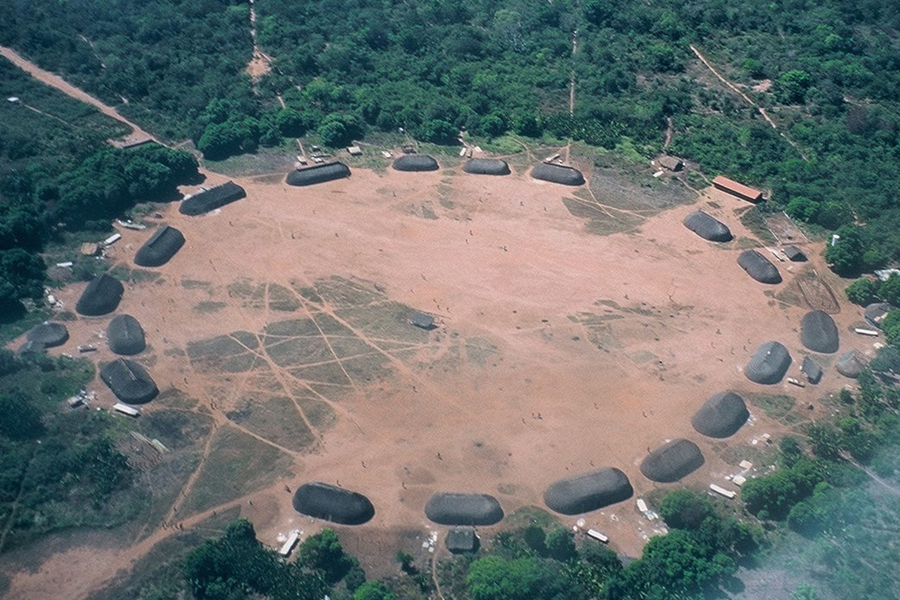Despite the overwhelming number of Paleolithic era tools found by archeologists, evidence points to tools which archeologists may never actually find or, sadly, may no longer exist. Museum shelves and archives overflow with Clovis point spear heads, Acheulian hand axes, and impossibly small, but also impossibly old, arrow heads. What about the tools long since lost to time? How do archeologists know for certain that at one point in time, they did in fact exist?
Wood Imprints
Although stone may last for centuries, wood typically does not. As an organic material, it degrades easily and quickly, leaving very little for archeologists to uncover years in the future. However, as the wood gets buried, and then later degrades, a hollow space is left where the wood used to be, preserving the shape of whatever has since been lost (Vallverdú, 2010). Archeologists can then fill this hollow with plaster, effectively making a copy of the object (Riel-Salvatore, 2011). Thus, archeologists can confirm the presence of objects or structures used by people thousands of years prior, though such objects or structures have long since deteriorated. To learn more about how these hollows are created, visit http://averyremoteperiodindeed.blogspot.com/2011/09/mousterian-wooden-spade-from-abric.html.
Rock Paintings
Additional evidence of tools once used by ancient peoples includes cave paintings. One such tool is the boomerang. Although few complete boomerangs from the paleolithic era have ever been found, the oldest having been preserved under unique circumstances as it was found in a swamp, most evidence that such a tool was used comes from rock paintings (“Earliest evidence of the boomerang in Australia”, 2022). One such rock painting can be found in “a northeast Kimberley rock shelter on Balanggarra Country,” depicting human figures, animals native to the area, and boomerangs (Finch, 2021). To learn more about the significance of the Kimberly rock shelter, visit https://pursuit.unimelb.edu.au/articles/australia-s-oldest-known-aboriginal-rock-paintings.
Bone Marks
Finally, marks found on the bones of ancient peoples or animals can serve as indications for the presence of tools or weapons. The skull of a 1,000 year old Saxon warrior is a prime example. The skull was excavated from a site in East Sussex and is seen to have six distinct markings which archaeologists believe to have been made by a sword (Griffiths, 2014). Though the sword itself has likely never been recovered, the evidence of its existence can be found through the dead it left behind.
Ultimately, just as the physical presence of ancient tools and weapons are crucial in creating a clearer picture of cultures and peoples alive long before us, so are the tools and weapons archeologists may never find.
References
“Earliest evidence of the boomerang in Australia.” 2022. National Museum of Australia. http://www.nma.gov.au/defining-moments/resources/earliest-evidence-of-the-boomerang-in-australia.
Finch, Damien, Andy Gleadow, Janet Hergt, Helen Green, Pauline Heaney, Cecilia Myers, Peter Veth, Sam Harper, Sven Ouzman, and Vladimir A. Levchenko. 2021. “Australia’s oldest known Aboriginal rock paintings | Pursuit by The University of Melbourne.” Pursuit. https://pursuit.unimelb.edu.au/articles/australia-s-oldest-known-aboriginal-rock-paintings.
Griffiths, Sarah. 2014. “1000 Year Old Saxon Skull Shows Six Sword Wounds.” Eras Gone. http://erasgone.blogspot.com/2014/05/1000-year-of-saxon-skull-shows-six.html.
Renfrew, Colin, and Peter Bahn. Archaeology: theories, methods and practice. Thames and Hudson, 2012.
Riel-Salvatore, Julien. A Mousterian Wooden Spade from Abric Romani, Spain, 14 Sept. 2011, averyremoteperiodindeed.blogspot.com/2011/09/mousterian-wooden-spade-from-abric.html.
Vallverdú, Josep, Manuel Vaquero, Isabel Cáceres, Ethel Allué, Jordi Rosell, Palmira Saladié, Gema Chacón, et al. “Sleeping Activity Area within the Site Structure of Archaic Human Groups: Evidence from Abric Romaní Level N Combustion Activity Areas.” Current Anthropology 51, no. 1 (2010): 137–45. https://doi.org/10.1086/649499.

/https://tf-cmsv2-smithsonianmag-media.s3.amazonaws.com/filer/terra-cotta-soldiers-631.jpg)

